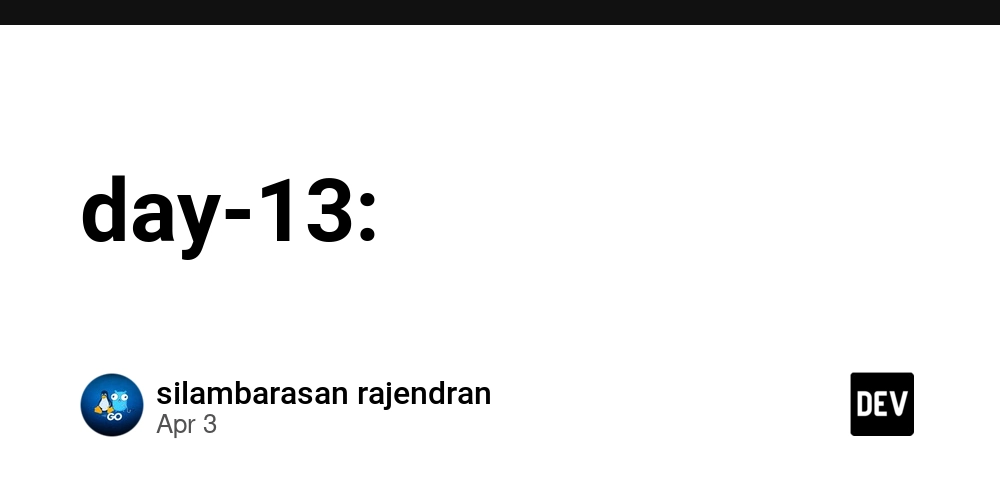Your Complete Guide to Hosting Virtual Events
The landscape of events has evolved rapidly, and hosting virtual events has become a key strategy for businesses, educators, and organizations worldwide. Thanks to powerful video conferencing platforms, connecting with a global audience no longer requires a physical venue or large-scale logistics. From webinars and product launches to full-scale digital conferences, remote events offer a cost-effective, scalable, and flexible alternative to in-person gatherings. In this comprehensive guide, we break down how to plan and execute successful online events. It begins with selecting the right video conferencing and event management tools to handle registration, scheduling, and content delivery. Designing an engaging event website or landing page sets the tone for a professional experience and keeps your attendees informed. An effective promotion strategy—including email outreach, social media marketing, and engaging content—helps attract the right participants. During the event, interactive tools like polls, Q&As, and breakout rooms ensure attendees remain engaged and actively involved. Once the event wraps up, your work isn’t done. Post-event activities such as sending thank-you notes, sharing recordings, and analyzing attendee data are essential for improving future events and building lasting relationships. By following the insights shared in this article, you’ll be equipped to host engaging, efficient, and impactful virtual events that leave a lasting impression.

The landscape of events has evolved rapidly, and hosting virtual events has become a key strategy for businesses, educators, and organizations worldwide. Thanks to powerful video conferencing platforms, connecting with a global audience no longer requires a physical venue or large-scale logistics. From webinars and product launches to full-scale digital conferences, remote events offer a cost-effective, scalable, and flexible alternative to in-person gatherings.
In this comprehensive guide, we break down how to plan and execute successful online events. It begins with selecting the right video conferencing and event management tools to handle registration, scheduling, and content delivery. Designing an engaging event website or landing page sets the tone for a professional experience and keeps your attendees informed.
An effective promotion strategy—including email outreach, social media marketing, and engaging content—helps attract the right participants. During the event, interactive tools like polls, Q&As, and breakout rooms ensure attendees remain engaged and actively involved.
Once the event wraps up, your work isn’t done. Post-event activities such as sending thank-you notes, sharing recordings, and analyzing attendee data are essential for improving future events and building lasting relationships.
By following the insights shared in this article, you’ll be equipped to host engaging, efficient, and impactful virtual events that leave a lasting impression.










































































































































































![[The AI Show Episode 142]: ChatGPT’s New Image Generator, Studio Ghibli Craze and Backlash, Gemini 2.5, OpenAI Academy, 4o Updates, Vibe Marketing & xAI Acquires X](https://www.marketingaiinstitute.com/hubfs/ep%20142%20cover.png)





























































































































![[DEALS] The Premium Learn to Code Certification Bundle (97% off) & Other Deals Up To 98% Off – Offers End Soon!](https://www.javacodegeeks.com/wp-content/uploads/2012/12/jcg-logo.jpg)
![From drop-out to software architect with Jason Lengstorf [Podcast #167]](https://cdn.hashnode.com/res/hashnode/image/upload/v1743796461357/f3d19cd7-e6f5-4d7c-8bfc-eb974bc8da68.png?#)




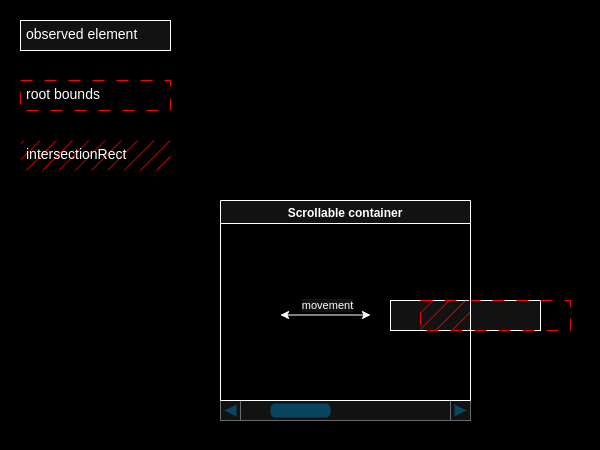



































































































.png?#)




(1).jpg?width=1920&height=1920&fit=bounds&quality=80&format=jpg&auto=webp#)





























_Christophe_Coat_Alamy.jpg?#)
.webp?#)
.webp?#)









































































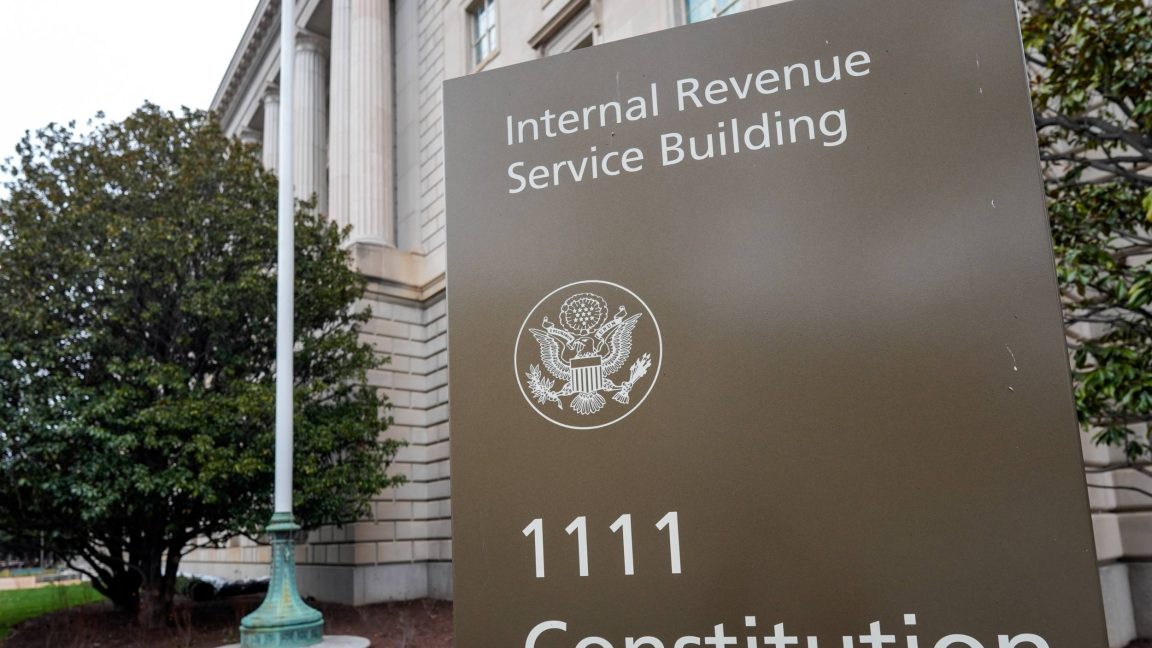




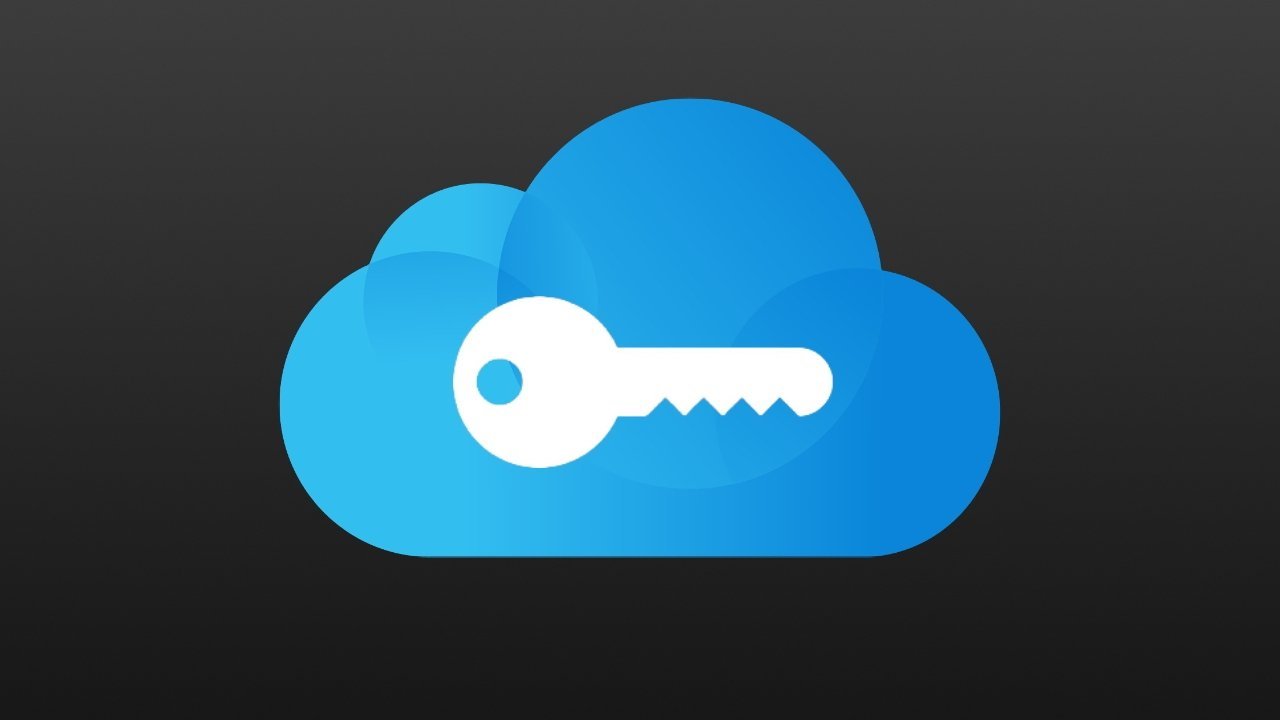


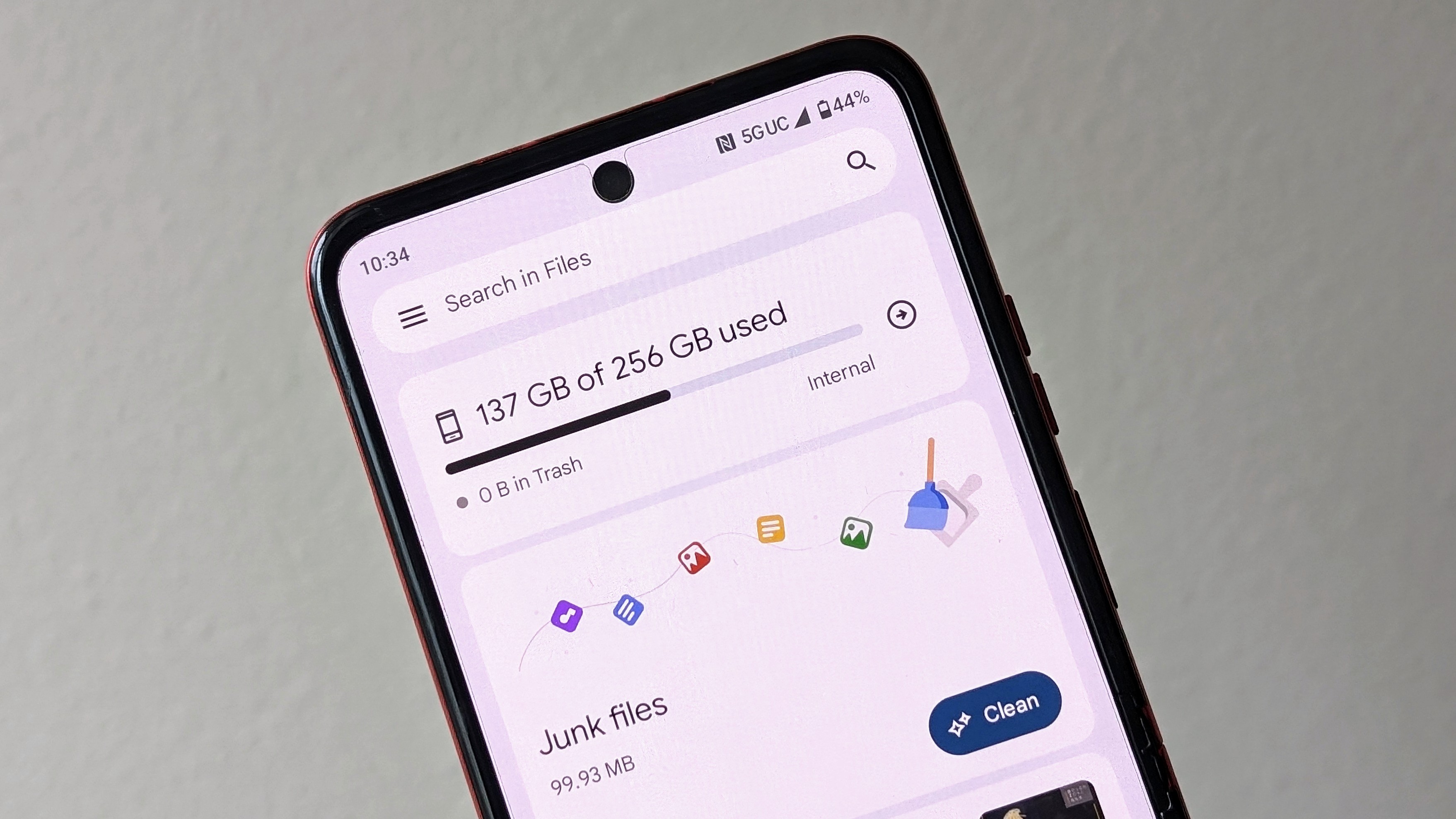

























![Apple Considers Delaying Smart Home Hub Until 2026 [Gurman]](https://www.iclarified.com/images/news/96946/96946/96946-640.jpg)
![iPhone 17 Pro Won't Feature Two-Toned Back [Gurman]](https://www.iclarified.com/images/news/96944/96944/96944-640.jpg)
![Tariffs Threaten Apple's $999 iPhone Price Point in the U.S. [Gurman]](https://www.iclarified.com/images/news/96943/96943/96943-640.jpg)
































































































































